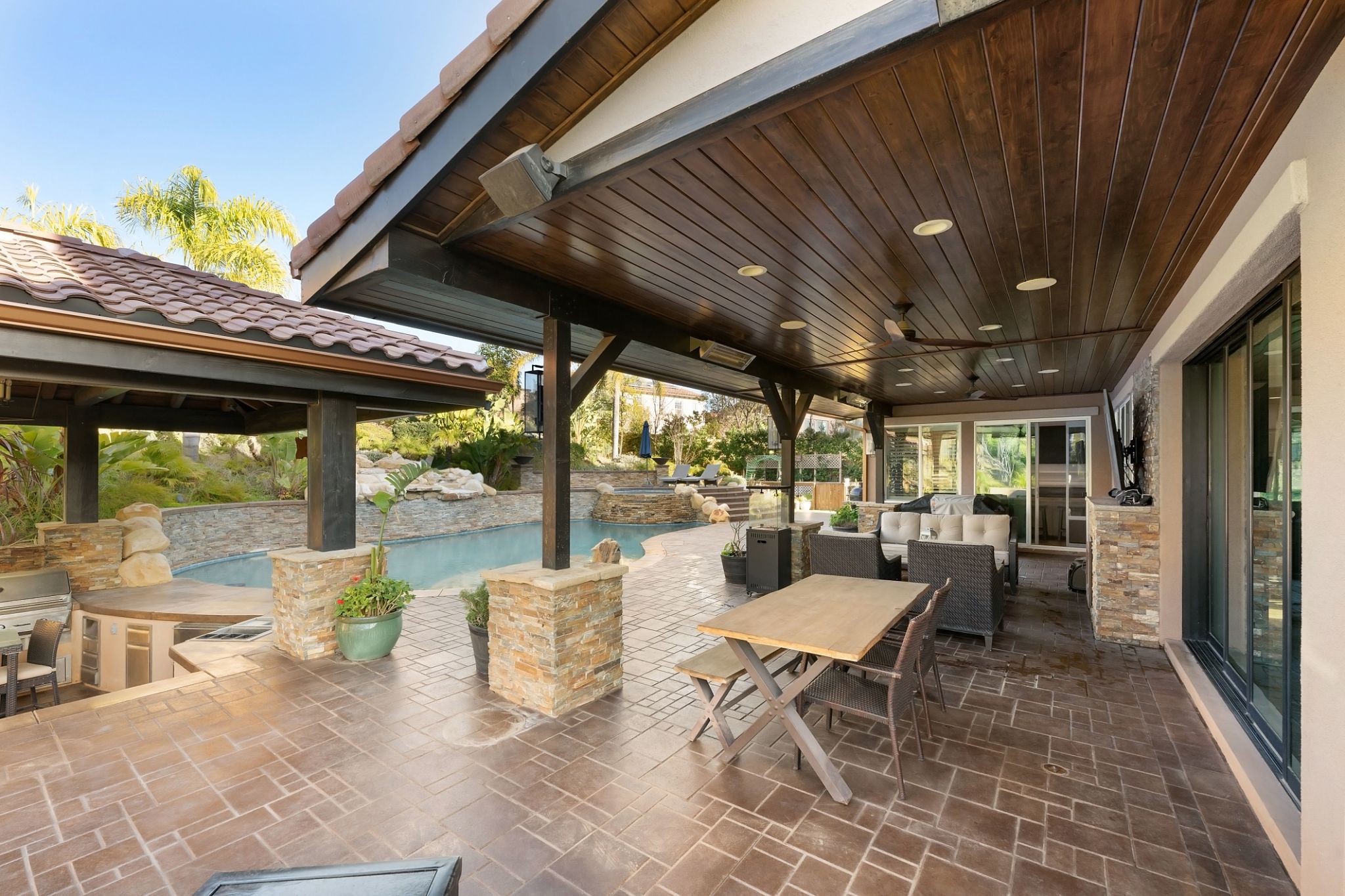Maximizing Your Outdoor Space: The Role of Hardscaping in Charlotte Gardens
Understanding Hardscaping
When it comes to enhancing the beauty and functionality of your garden, hardscaping is an essential element to consider. Unlike softscaping, which involves plants and other organic materials, hardscaping focuses on the use of non-living materials such as stone, wood, and concrete. Incorporating hardscaping into your outdoor space can create a stunning and durable environment that adds both aesthetic value and practicality to your garden.

The Benefits of Hardscaping
One of the primary benefits of hardscaping is its ability to provide structure and definition to your outdoor space. By using elements like patios, walkways, and retaining walls, you can define different areas of your garden and create a cohesive design. This not only makes your garden more visually appealing but also maximizes its usability.
Additionally, hardscaping can significantly reduce the amount of maintenance required. Unlike plants, which need regular watering, pruning, and care, hardscaping elements are low-maintenance and durable. This allows you to spend more time enjoying your garden rather than maintaining it.
Popular Hardscaping Features
There are several hardscaping features that can enhance your Charlotte garden. Here are some popular options:
- Patios: Perfect for creating an outdoor living area where you can relax or entertain guests.
- Walkways: These provide a clear path through your garden, enhancing both safety and aesthetics.
- Retaining Walls: Ideal for managing sloped areas and adding visual interest with terraced gardens.
- Fire Pits: A cozy addition for gatherings during cooler evenings.

Choosing the Right Materials
The choice of materials in your hardscaping design can greatly influence the overall look and feel of your garden. Stone and brick are popular choices for their natural appearance and durability. On the other hand, concrete offers a more modern and versatile option, available in various colors and finishes.
Wood can also be used in hardscaping to add warmth and texture. However, it's important to choose treated or naturally resistant wood to ensure longevity. Consider the climate and specific conditions of your Charlotte garden when selecting materials to ensure they withstand local weather conditions.
Integrating Hardscaping with Softscaping
While hardscaping provides structure, combining it with softscaping elements like plants and flowers creates a balanced and harmonious outdoor space. The contrast between the hard textures of stone or wood and the softness of greenery adds depth and interest to your garden.

When planning your design, consider how the two elements can complement each other. For instance, use planters or flower beds along pathways to soften edges or introduce climbing plants on pergolas to add vertical interest. This integration ensures a cohesive and inviting atmosphere in your garden.
Planning Your Hardscaping Project
Before embarking on a hardscaping project, it's crucial to have a clear plan. Consider your garden's existing layout, your budget, and how you intend to use the space. Consulting with a professional landscaper can provide valuable insights and help bring your vision to life.
Remember, hardscaping is an investment that can significantly enhance your outdoor living experience and property value. By carefully planning and choosing the right elements, you can create a beautiful and functional garden that meets your needs.
